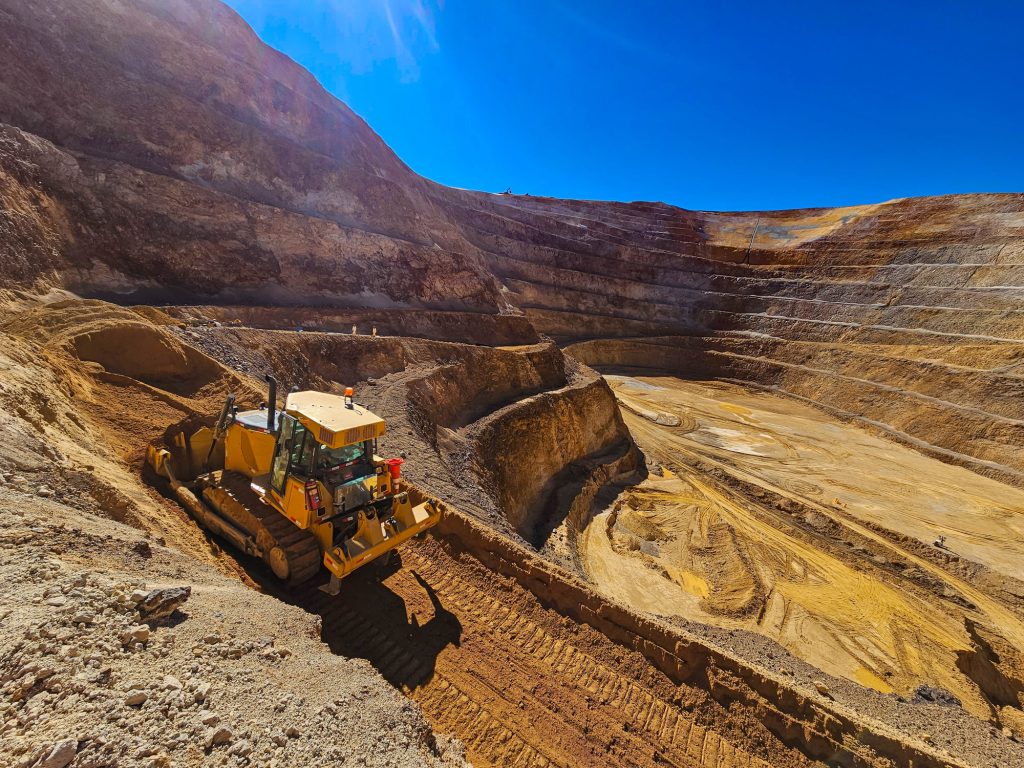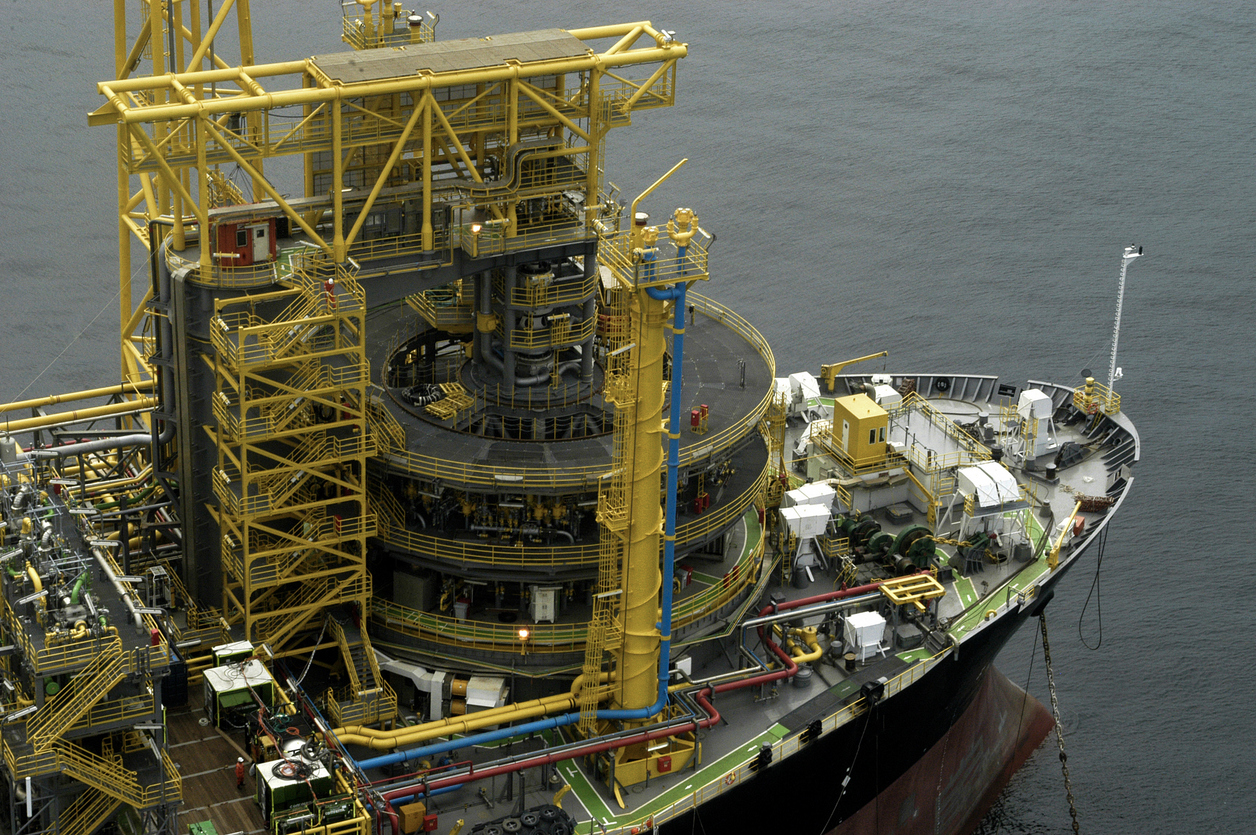Mining is one of the most complex and demanding sectors of the global economy. It involves challenging environments, high capital investments, and continuous processes that need to function with precision to ensure productivity and financial return. From open-pit mines to underground operations, the pace cannot stop, and any operational disruption can generate significant losses and impact the entire value chain.
When a production line is interrupted, whether due to a technical failure, an operational mishap, or an unplanned shutdown, the cost goes far beyond downtime. There are logistical impacts, increased expenses for emergency maintenance, loss of productivity, and delays in contractual deliveries.
It is in this context that safety assumes a strategic role and consolidates itself as a pillar of operational stability. Good safety practices, combined with technology and prevention, reduce risks, maintain the fluidity of processes, and protect not only people, but also the reputation and results of companies.
This text shows how integrating safety with productivity is the smartest way to ensure sustainable operational continuity in the sector.
The vulnerability of mining operations
Mining operations present unique characteristics: geologically complex environments with slopes, constant vibrations, dust, climatic variations, and often remote locations. These factors demand continuous monitoring and rapid responses to maintain the integrity of structures and the safety of workers and equipment.
In addition to natural conditions, there is the logistical challenge. The transportation of ore, the movement of large machinery, and the coordination between different stages of the process (mining, processing, transportation, and storage) create an interdependent web. A failure at a single point can affect the entire production chain.
Another aspect that demands attention is the latent risks in day-to-day operations: factors that evolve gradually, such as component wear, operator fatigue, or small structural fluctuations. When not monitored, these elements can compromise performance and safety. The key is to identify these signs in advance and act preventively, before a specific situation turns into a large-scale interruption.
Why safety is part of productivity
In mining, safety and productivity are two sides of the same coin. A safe operation is naturally more stable, efficient, and predictable. Every hour of unscheduled downtime represents not only lost production but also increased indirect costs such as overtime, corrective maintenance, and rework.
When conditions are controlled and risks are monitored, there is less variability in processes, allowing for better planning of shifts, routes, and transportation flows. Furthermore, companies that manage risks effectively have higher equipment availability rates and greater regularity in deliveries.
Another key point is preventative action. Operations that invest in prevention experience fewer unexpected interruptions, reduce waste, and maintain a focus on continuous productivity. A reactive approach, on the other hand, tends to create a chain reaction, where a small incident can delay inspections, interrupt processes, and compromise production targets. The logic is simple: the safer the environment, the more predictable and efficient it becomes.
Technologies and practices that connect safety with continuity.
Digital transformation in mining has brought tools that integrate operational safety and productive performance in an unprecedented way. Today, technology is a direct ally for continuity.
Intelligent monitoring and control systems utilize geotechnical sensors, precision radars, inclinometers, and real-time measuring instruments to track structural and operational conditions. These solutions help detect movements and parameter variations before they compromise operations.
Another key aspect is the management of fatigue and human attention. Cognitive analysis tools are being applied to monitor the alertness of operators. They identify patterns and issue alerts when there are signs of fatigue, preventing errors that could interrupt the process.
The adoption of IoT devices has also expanded. Intelligent helmets, gas sensors, and vitality monitoring vests are in use in several mines globally. These devices detect the presence of gases, excessive heat, or abnormal vibrations, helping to prevent incidents.
Finally, intelligent monitoring, with cameras and video analytics systems, reinforces security in critical areas. These technologies identify unusual movements, environmental anomalies, and situations that may require an immediate response.
Challenges in implementation and what to consider
Adopting new technologies in mining requires careful planning. The first challenge is integration with legacy systems. Many mines operate with heterogeneous infrastructure, which demands compatibility between sensors, software, and management platforms. Interoperability is essential to ensure that data flows reliably.
Another crucial point is the quality of the information generated and how it is handled. For technology to deliver reliable results, it is necessary to ensure accuracy in data collection, consistency in records, and integrity in data processing. Automated systems are only effective when they operate on solid information bases, capable of accurately reflecting what happens in the field and guiding strategic decisions in a safe manner.
The safety culture also needs to keep pace with technological innovation. No system replaces the human factor: it is necessary to engage operational teams, explain the purpose of the solutions, and promote trust in automated processes.
Conclusion
In mining, safety and continuity are not separate objectives, but rather complementary ones. Safe processes reduce downtime and unforeseen events, while operational stability reinforces confidence in the implemented safety practices.
Investing in intelligent technology and a preventative culture is more than just meeting regulations: it's a strategic decision that protects lives, avoids losses, and ensures operational predictability. Companies that treat safety as a cornerstone of productivity achieve better economic results, industry recognition, and market confidence.
About ALTAVE
ALTAVE offers intelligent monitoring solutions that increase safety in critical operations, protecting people, assets, and processes. By combining cutting-edge technology with automated analysis, it is possible to identify risk situations in real time and prevent accidents before they happen.
With real-time monitoring, intuitive dashboards and 24/7 support, ALTAVE contributes to operational safety and the protection of lives and essential resources. The company has patented technologies in Brazil and abroad, and is present around the world, serving sectors such as Defense and Security, Energy, Mining, Ports, Agribusiness and Oil and Gas.
Recognized for its strategic relevance, ALTAVE is accredited as a Strategic Defense Company by the Brazilian Ministry of Defense and a supplier to Petrobras.
Let's have a chat?
Contact us to learn more about how our solution can help your company!





